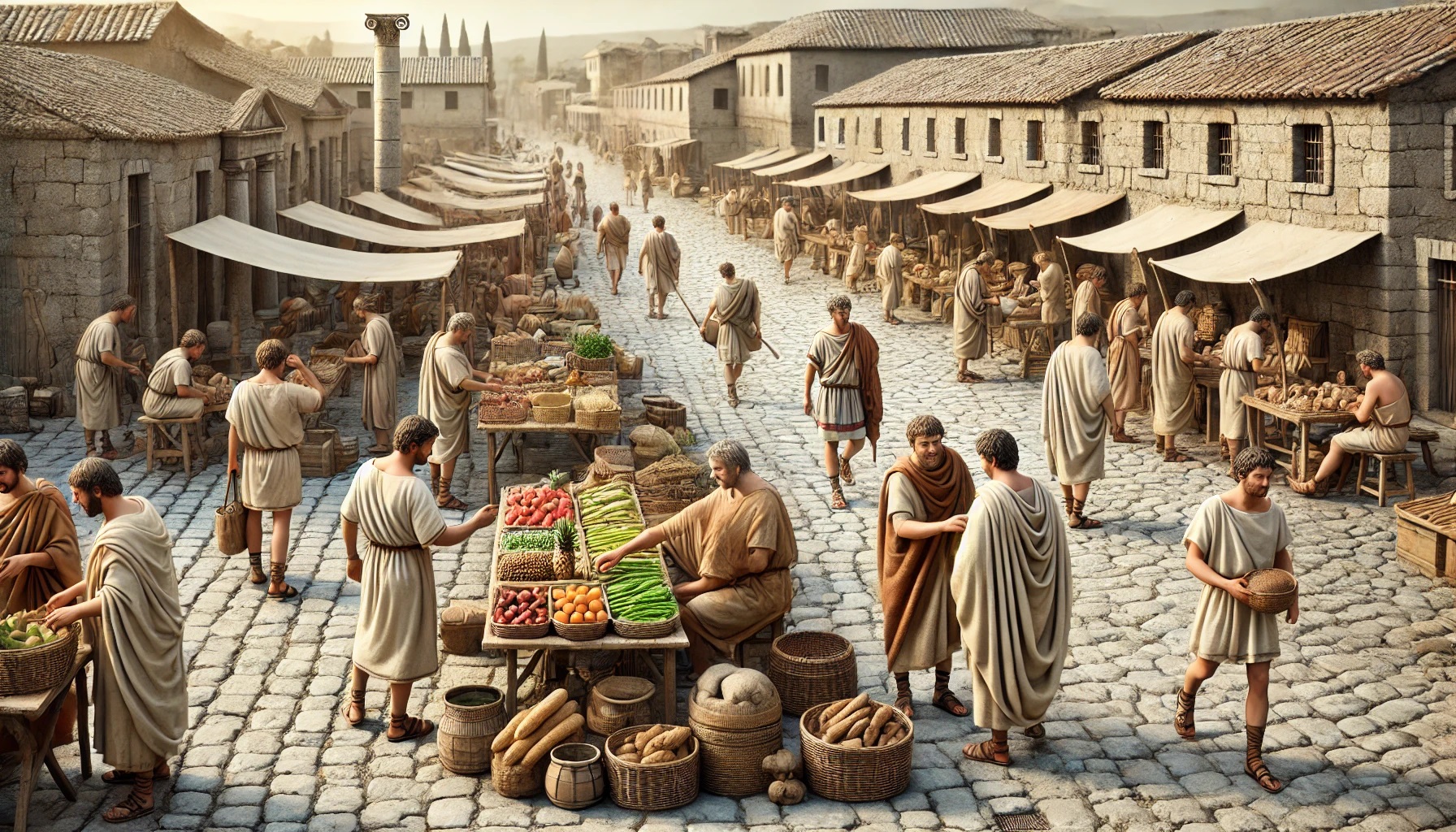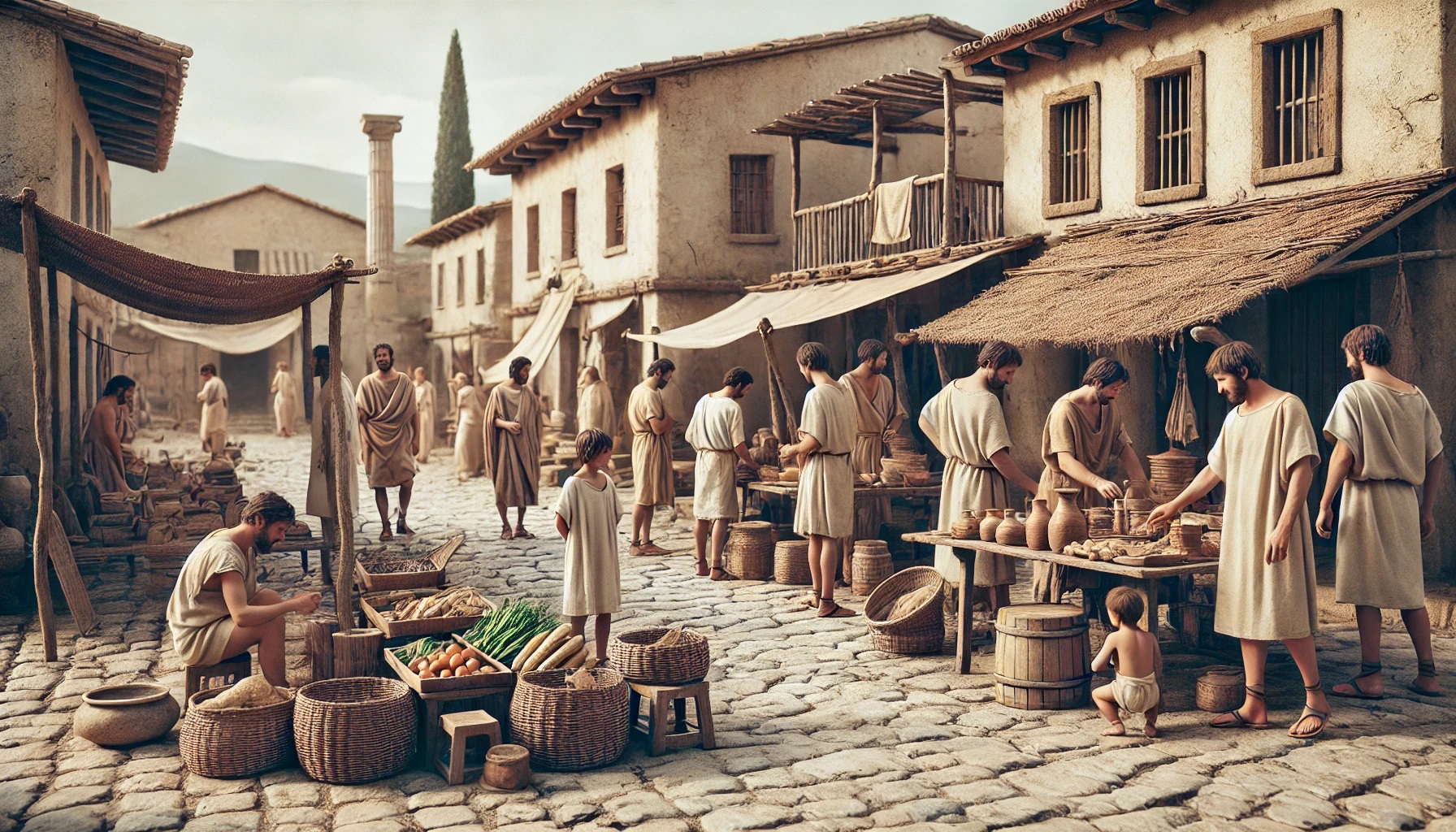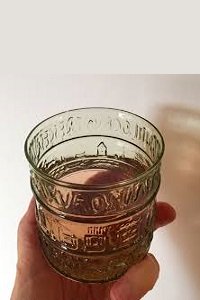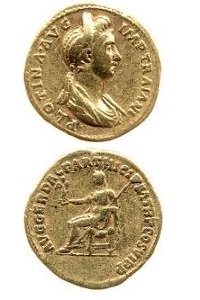The Vibrant World of Ancient Roman Shopping and Trade
Updated on: 31 December 2024Reading time: 3 minutes
Romans shopped at the market located in the Roman Forum. In its early days, the Forum was a swamp that the Romans drained to build their first paved street: the Via Sacra. It featured the first government building, the comitium, while the rest of the open square housed the market, which included many shops.
By the end of the Republic, the market was relocated to make room for additional government buildings, temples, and beautiful monuments. During the Empire, numerous other forums (fora in Latin) were constructed, such as the Forum of Augustus, Vespasian, Nerva, and Trajan. Notably, the Forum of Trajan can still be seen today. The streets leading to the Forum and the Via Sacra itself were lined with numerous shops.
Other markets were scattered across Rome, such as the market in the Subura quarter, which catered to poorer Romans. This market primarily sold vegetables and chickens and was frequented mostly by slaves. Meanwhile, neighbourhoods like the Campus Martius boasted luxury shops.
What Ancient Roman Shopping Was Like
The Roman Forum was a hub of activity, bustling with people since carriages were prohibited during the day. Pedestrians filled the area, along with wealthy Romans being carried in litters. During the Empire, the Forum welcomed people of all nationalities, and a vast array of goods, including products from distant lands, could be found.

|
The market was enormous, with shops offering a variety of goods such as food, spices, shoes, wool, and books. There were also barber shops, blacksmiths, and more. Adjacent to the main market, the Forum Boarium served as a massive meat and cattle market, while the Forum Cuppedinis specialized in luxury goods.
The Forum was more than just a market—it was a centre of business, akin to downtown areas in modern American cities. Business transactions often took place in the basilica, a multi-story building that housed shops. Money-changers, known as argentarii, operated from the tabernae argentariae, the equivalent of banks. They exchanged coins (converting foreign currency into Roman coins), held deposits, paid interest, and engaged in profitable transactions or investments, much like modern banks.
During the Empire, the argentarii also circulated newly minted coins, again mirroring today’s banking systems. At one point, the tabernae argentariae were relocated to the Forum Boarium, while the cattle market moved elsewhere. An arch commemorating the guild of money changers still stands today.
Interesting Facts About Ancient Roman Shopping
|

|

